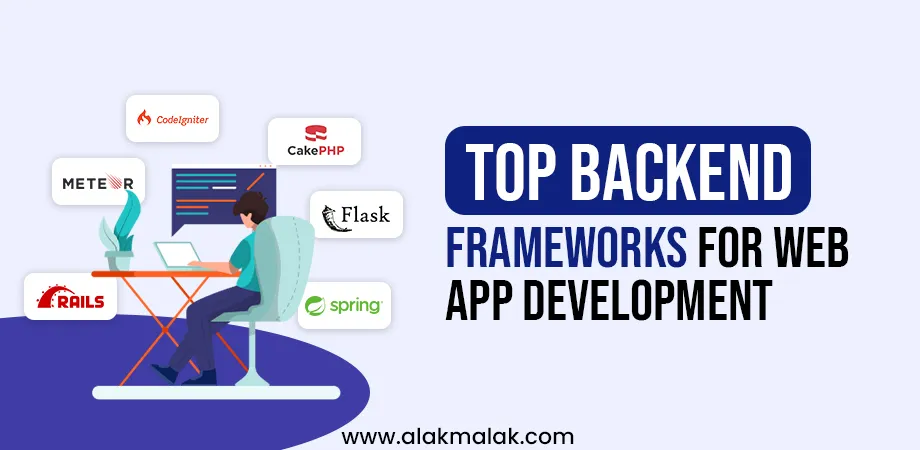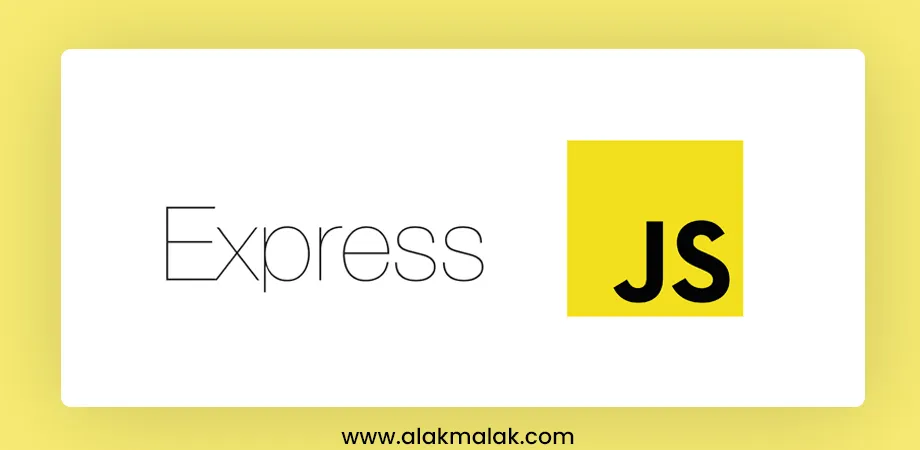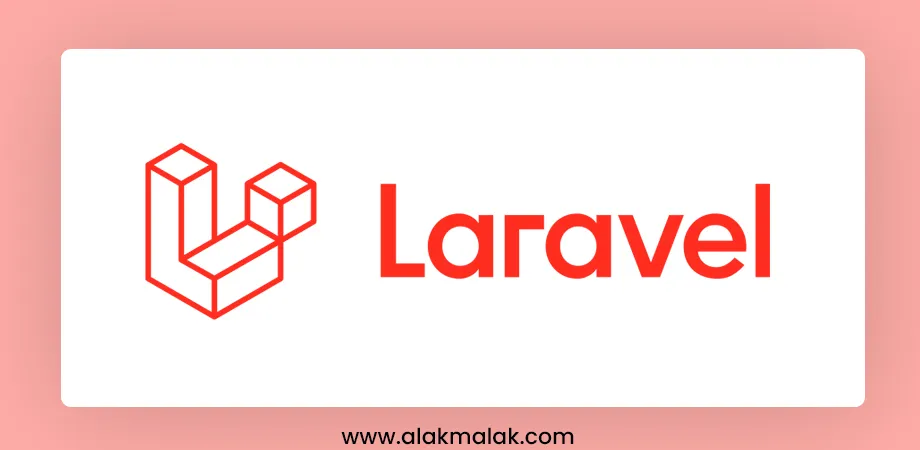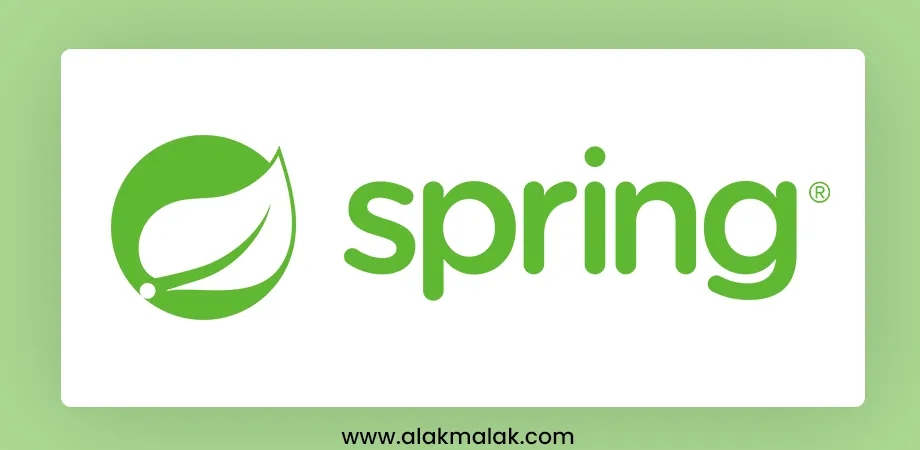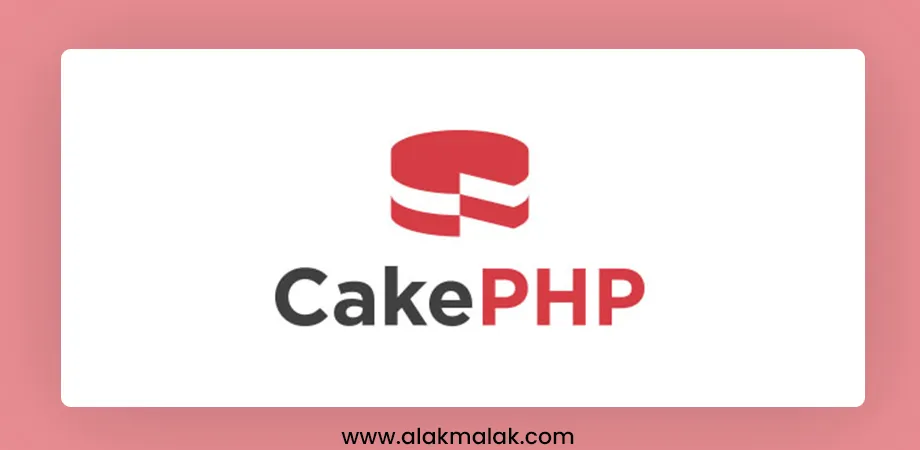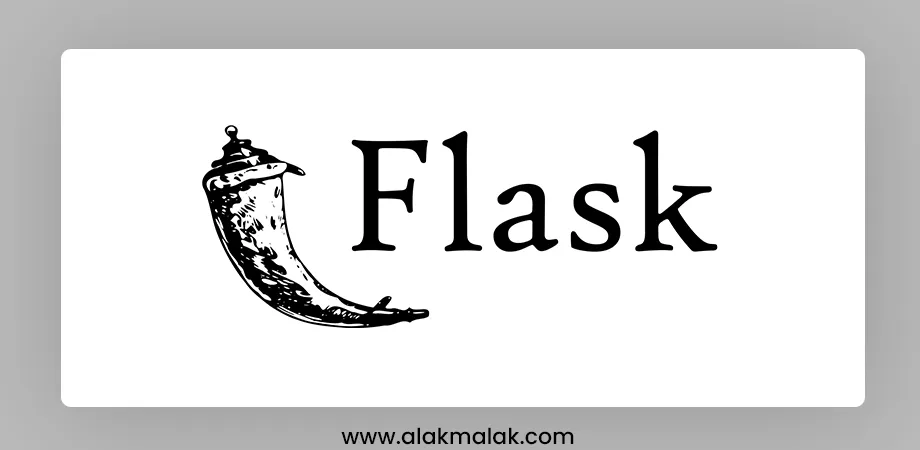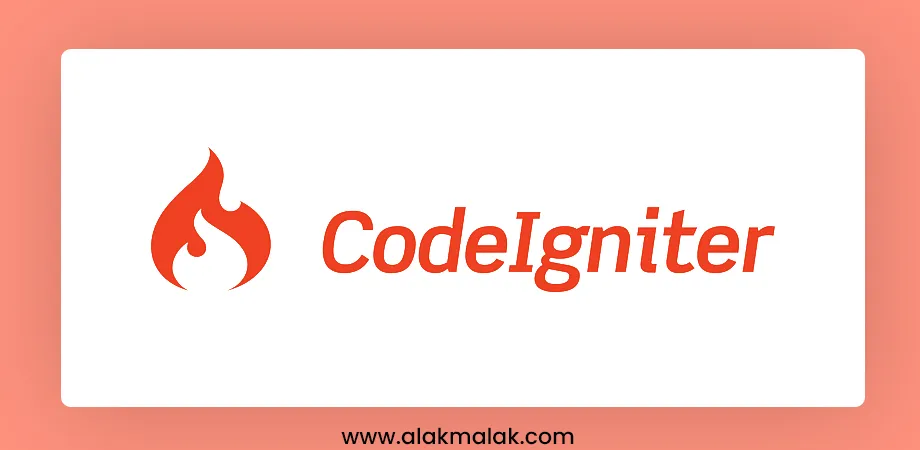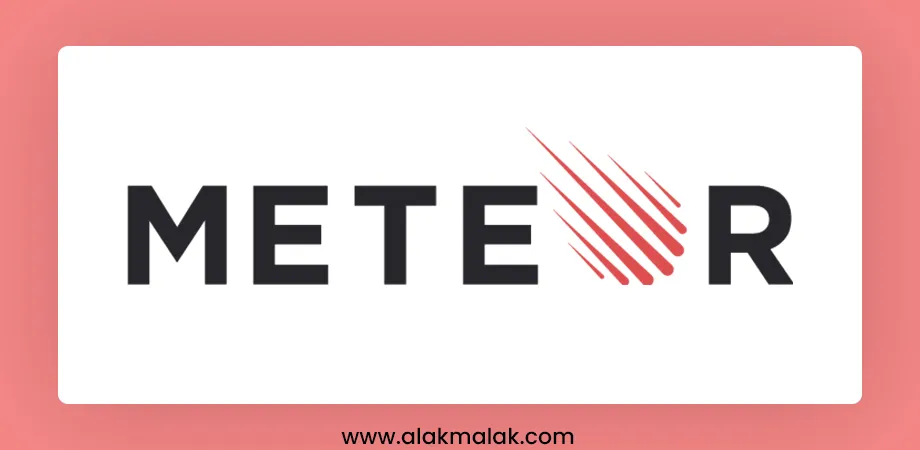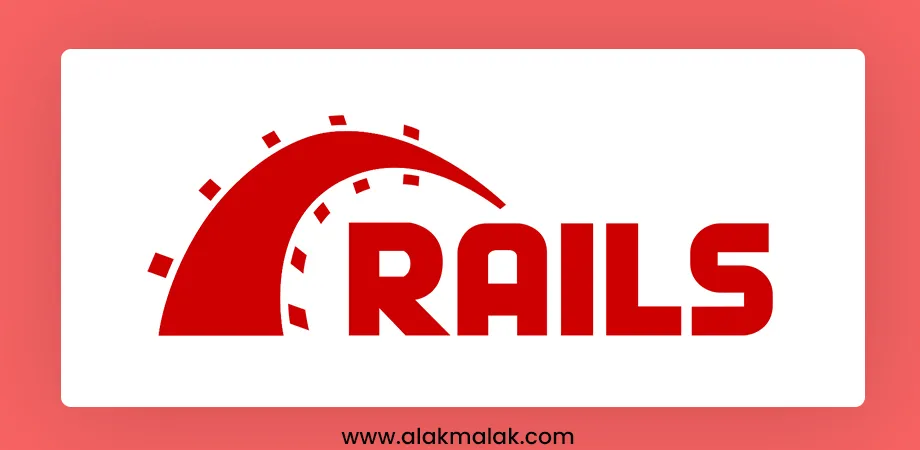In the ever-evolving landscape of web development, choosing the right backend framework can make or break your project’s success. With countless options available, it can be overwhelming to navigate through the sea of possibilities and determine which frameworks will reign supreme in 2024. Imagine being able to harness the power of a cutting-edge backend framework, seamlessly integrating it into your web application, and witnessing a significant boost in performance, scalability, and developer productivity.
The problem lies in the fact that web development technologies are constantly evolving, and new frameworks emerge while others become outdated or less popular. Staying ahead of the curve and selecting the optimal backend framework for your specific needs can be a daunting task, especially for those who are new to the field or overwhelmed by the vast array of choices.
Fear not, for this blog post aims to provide you with a comprehensive guide to the top 10 backend frameworks for web app development in 2024. With over 18 years of experience as a leading web development company in India, we’ve witnessed the rise and fall of numerous frameworks, enabling me to offer valuable insights and authoritative recommendations tailored to the ever-changing landscape of web development.
Whether you’re a seasoned developer seeking to adopt the latest and greatest technology or a newcomer embarking on your first web app development journey, this post will equip you with the knowledge necessary to make an informed decision and choose the backend framework that best aligns with your project’s requirements and long-term goals.
Top Backend Frameworks for Web App Development
Top Backend Frameworks for Web App Development
1. Express.js
2. Laravel
3. Spring
4. CakePHP
5. Flask
6. Django
7. Codeigniter
8. Meteor
9. Ruby on Rails
10. ASP.NET
Tools and Resources
Case Study: Acme Corporation’s E-Commerce Platform Revamp with Django
Embrace the Future: Choose the Right Backend Framework Today
1. Express.js
Express.js is a minimalistic and flexible web application framework for Node.js, which is a popular runtime environment that allows developers to run JavaScript on the server-side. Node.js uses the JavaScript programming language, making Express.js a JavaScript-based framework.
Key features of Express.js include:
- Middleware support for request handling pipeline
- Robust routing for mapping HTTP requests to handler functions
- Easy integration with templating engines like Pug, EJS, and Handlebars
- Excellent support for handling static files
- Vast ecosystem of third-party middleware and plugins
Express.js is well-suited for building a wide range of web applications, from small-scale APIs and microservices to large-scale enterprise applications. It’s particularly popular for developing real-time applications, data-streaming applications, and single-page applications (SPAs) due to its non-blocking and event-driven nature.
Unique Selling Points (USPs) of Express.js:
- Lightweight and minimalistic core, providing flexibility and avoiding bloat
- Highly extensible through its middleware architecture
- Actively maintained and supported by a large developer community
- Seamless integration with other Node.js libraries and tools
- High performance and scalability, thanks to Node.js’s non-blocking I/O model
- Cross-platform compatibility, running on Windows, macOS, and Linux
Expert’s Take: Express offers a streamlined and flexible approach to building APIs and web applications on Node.js. Experts love its simplicity and vast community support, making it ideal for rapid prototyping and microservices architectures.
2. Laravel
Laravel is a free, open-source PHP web application framework that follows the model-view-controller (MVC) architectural pattern.
Key features of Laravel include:
- Expressive and elegant syntax inspired by Ruby on Rails
- Built-in support for task scheduling, caching, queuing, and more
- Robust authentication and authorization system
- Database migration system for easy database management
- Powerful ORM (Object-Relational Mapping) called Eloquent
- Modular packaging system for code organization and reusability
- Excellent documentation and a large, active community
Laravel is particularly well-suited for building robust and scalable web applications, including e-commerce platforms, content management systems (CMS), APIs, and enterprise-level applications. Laravel App Development Services leverage its comprehensive set of tools and features, making it a popular choice for developing complex, database-driven applications.
Unique Selling Points (USPs) of Laravel:
- Emphasis on developer productivity and happiness through its expressive syntax and conventions
- Modular and extensible architecture, allowing for easy customization and integration with third-party packages
- Built-in support for testing and debugging, promoting code quality and maintainability
- Strong emphasis on security, with built-in protection against common vulnerabilities like SQL injection and cross-site scripting (XSS)
- Excellent documentation, tutorials, and a vibrant community, making it easy to learn and find support
- Active development and frequent updates, ensuring compatibility with the latest PHP features and security best practices
Expert’s Take: Laravel is praised for its robust security features, elegant syntax, and extensive built-in functionalities. Experts recommend it for complex enterprise applications and projects requiring a high degree of security.
3. Spring
Spring is a comprehensive and modular framework for Java applications, primarily targeting the Java programming language.
Key features of Spring include:
- Dependency Injection (DI) and Inversion of Control (IoC) container
- Model-View-Controller (MVC) web framework for building web applications
- Support for Aspect-Oriented Programming (AOP)
- Integration with various persistence frameworks like JDBC, Hibernate, and JPA
- Robust security module for authentication and authorization
- Support for reactive programming with Spring WebFlux
- Testing utilities for writing and running unit and integration tests
Spring is suitable for a wide range of applications, from small-scale web applications to large-scale, enterprise-level systems. It’s particularly well-suited for developing robust, scalable, and secure Java-based applications, including web services, microservices, batch processing systems, and more.
Unique Selling Points (USPs) of Spring:
- Comprehensive and modular architecture, allowing developers to use only the components they need
- Powerful and flexible Dependency Injection (DI) mechanism, promoting loose coupling and testability
- Extensive integration with other popular Java frameworks and libraries
- Extensive documentation, tutorials, and a large, active community
- Strong emphasis on best practices, such as separation of concerns and loose coupling
- Robust support for various programming paradigms, including imperative, reactive, and functional styles
- Backed by VMware (formerly Pivotal Software), ensuring long-term support and continued development
Expert’s Take: Spring is an industry-standard framework for Java development. Experts value its modularity, comprehensive tooling, and vast ecosystem of libraries. Spring is a great choice for large-scale enterprise applications with complex business logic.
4. CakePHP
CakePHP is an open-source web application framework written in PHP, which is a popular server-side scripting language.
Key features of CakePHP include:
- Model-View-Controller (MVC) architecture
- Code generation capabilities through “bake” scripts
- Robust ORM (Object-Relational Mapping) called “Query Object”
- Built-in caching and localization support
- Powerful scaffolding tools for rapid application development
- Extensive documentation and a large community
CakePHP is well-suited for developing a wide range of web applications, including content management systems (CMS), e-commerce platforms, and small to medium-sized applications. CakePHP Framework Development Services benefit from its convention-over-configuration approach and rapid development tools, making it particularly suitable for projects that require quick prototyping and iterative development.
Unique Selling Points (USPs) of CakePHP:
- Emphasis on simplicity, maintainability, and rapid development
- Convention-over-configuration approach, reducing boilerplate code
- Comprehensive set of tools and libraries for common web development tasks
- Excellent security features, including built-in protection against common vulnerabilities
- Modular architecture with a growing ecosystem of plugins and components
- Active community support and extensive documentation resources
Expert’s Take: Experts acknowledge CakePHP’s convention over configuration approach, making development faster. It’s praised for its built-in features like security, caching, and database access. However, some experts might recommend Laravel for larger projects due to its wider community and active development.
5. Flask
Flask is a lightweight and flexible web application framework written in Python, a popular and versatile programming language.
Key features of Flask include:
- Minimalistic and modular design, allowing developers to choose the components they need
- Built-in development server and fast debugger
- Support for secure cookies and request handling
- Integrated unit testing support
- Extensive documentation and a large, active community
Flask is well-suited for building a wide range of applications, from simple web services and APIs to more complex web applications. Its lightweight nature and flexibility make it an excellent choice for small to medium-sized projects, prototypes, and microservices. However, Flask can also be extended with third-party libraries and plugins to handle more complex requirements.
Unique Selling Points (USPs) of Flask:
- Lightweight and minimalistic, providing a solid foundation without unnecessary bloat
- Highly extensible and flexible, allowing developers to customize and integrate with other libraries
- Excellent documentation and a large, active community
- Seamless integration with Python’s vast ecosystem of libraries and tools
- Suitable for both small and large-scale applications, depending on the chosen extensions
- Strong emphasis on developer productivity and simplicity
Expert’s Take: Flask is known for its lightweight nature and flexibility. Experts recommend it for smaller projects or situations where customization is crucial. While it offers less out-of-the-box functionality compared to Django, it provides more control over the application’s structure.
6. Django
Django is a high-level Python web framework that encourages rapid development and clean, pragmatic design.
Key features of Django include:
- Model-View-Template (MVT) architectural pattern
- Object-Relational Mapping (ORM) for interacting with databases
- Built-in admin interface for database administration
- Robust security features, including protection against common vulnerabilities
- URL routing and handling
- Template engine for rendering dynamic HTML
- Support for caching, internationalization, and localization
Django is suitable for a wide range of applications, from simple content management systems (CMS) and blogs to complex, data-driven web applications. Its comprehensive feature set and “batteries included” philosophy make it particularly well-suited for developing large-scale, database-driven applications, such as e-commerce platforms, social networks, and content management systems.
Unique Selling Points (USPs) of Django:
- Emphasis on pragmatic design and developer productivity
- Extensive documentation and a large, active community
- Built-in security features and adherence to best practices
- Scalability and support for handling high-traffic applications
- Seamless integration with Python’s vast ecosystem of libraries and tools
- Robust ORM and database migration system for efficient data management
- Mature and battle-tested framework with a long history of development
Expert’s Take: Django is a high-level Python framework with a strong focus on security and scalability. Experts love its batteries-included approach, providing a wide range of features for rapid development. It’s an excellent choice for complex web applications with strict deadlines.
7. Codeigniter
CodeIgniter is an open-source web application framework written in PHP, a popular server-side scripting language.
Key features of CodeIgniter include:
- Model-View-Controller (MVC) architecture
- Lightweight and small footprint, with minimal dependencies
- Extensive set of libraries for common web development tasks
- Simple and clear documentation
- Support for multiple database systems
- URL routing and input validation
CodeIgniter is suitable for developing a wide range of web applications, from small-scale projects and prototypes to larger applications. Its simplicity and lightweight nature make it particularly well-suited for developing applications that prioritize performance and efficiency over extensive feature sets. Additionally, CodeIgniter is often used for building APIs, RESTful web services, and small to medium-sized web applications.
Unique Selling Points (USPs) of CodeIgniter:
- Emphasis on simplicity, performance, and ease of use
- Small footprint and minimal resource requirements
- Straightforward and easy-to-learn syntax and structure
- Extensive documentation and a supportive community
- Highly customizable and flexible architecture
- Ideal for developers who prefer a minimalistic approach to web development
Expert’s Take: While CodeIgniter was a popular choice in the past, its development pace has slowed compared to Laravel. Experts might recommend it for smaller projects due to its simplicity, but for larger projects, Laravel might be a better fit due to its active development and larger community.
8. Meteor
Meteor is an open-source, full-stack JavaScript framework that uses Node.js for server-side scripting and various front-end libraries (like React, Vue, or Angular) for building user interfaces.
Key features of Meteor include:
- Isomorphic codebase, allowing code reuse between client and server
- Real-time reactivity, enabling automatic updates to UI and data
- Built-in package management system for easy integration of third-party libraries
- Support for hot code reloads, simplifying development and testing
- Integrated solution for building mobile apps (Meteor Mobile)
- Comprehensive documentation and an active community
Meteor is well-suited for building real-time, responsive web and mobile applications, such as collaborative tools, chat applications, and data visualization platforms. Its real-time reactivity and isomorphic codebase make it particularly attractive for developing applications that require instant updates and seamless user experiences across different platforms.
Unique Selling Points (USPs) of Meteor:
- Fully integrated, end-to-end solution for building modern web and mobile applications
- Seamless real-time reactivity and automatic data synchronization
- Isomorphic codebase, allowing code reuse and reducing development efforts
- Efficient development workflow with hot code reloads and integrated tooling
- Extensive documentation and a supportive community
- Ideal for building real-time, collaborative, and data-intensive applications
Expert’s Take: Meteor offers a unique full-stack development experience with real-time data synchronization. Experts recommend it for building interactive web applications with a focus on real-time updates. However, its adoption rate is lower compared to some other frameworks on this list.
9. Ruby on Rails
Ruby on Rails (RoR) is a server-side web application framework written in Ruby, a dynamic, object-oriented programming language known for its simplicity and readability.
Key features of Ruby on Rails include:
- Model-View-Controller (MVC) architecture
- Convention over Configuration principle, reducing boilerplate code
- Active Record ORM for database interaction
- Built-in support for RESTful routing and JSON APIs
- Asset pipeline for managing and processing static assets
- Comprehensive testing framework (RSpec, Minitest)
- Large ecosystem of gems (libraries) for extending functionality
Ruby on Rails is suitable for a wide range of applications, from small-scale prototypes and startups to large-scale, enterprise-level applications. It is particularly well-suited for developing database-driven web applications, content management systems, e-commerce platforms, and APIs. Rails’ emphasis on developer productivity and its “batteries included” philosophy make it an attractive choice for rapid application development (RAD).
Unique Selling Points (USPs) of Ruby on Rails:
- Emphasis on developer happiness and productivity through its expressive, readable syntax and conventions
- Extensive set of built-in tools and libraries, reducing the need for external dependencies
- Robust community and excellent documentation resources
- Strong focus on testing and code quality, promoting maintainable and reliable applications
- Active development and frequent updates, ensuring compatibility with the latest web standards and best practices
- Seamless integration with front-end frameworks like React, Vue, and Angular through gems and libraries
Expert’s Take: Ruby on Rails is known for its developer-friendly syntax and its convention over configuration approach. Experts praise its rapid development capabilities and large community. However, the Ruby language itself has a smaller talent pool compared to Python or Java.
10. ASP.NET
ASP.NET is a web application framework developed by Microsoft and primarily uses C# as its programming language. It can also be used with other .NET languages like Visual Basic and F#.
Key features of ASP.NET include:
- Model-View-Controller (MVC) and Model-View-ViewModel (MVVM) architectural patterns
- Built-in support for creating RESTful APIs and web services
- Integration with various Microsoft technologies and tools (e.g., Visual Studio, SQL Server, Azure)
- Razor syntax for combining HTML and server-side code
- Robust security features and authentication mechanisms
- Extensive libraries and tools for building modern, responsive user interfaces
ASP.NET is well-suited for developing a wide range of web applications, from small-scale websites and web services to large-scale, enterprise-level applications. It is particularly popular for building line-of-business applications, content management systems, e-commerce platforms, and cloud-based applications hosted on Microsoft Azure.
Unique Selling Points (USPs) of ASP.NET:
- Tight integration with the .NET ecosystem and Microsoft technologies
- Strong support and comprehensive tooling from Microsoft (e.g., Visual Studio)
- Robust security features and adherence to industry standards
- Scalability and performance optimizations for handling high-traffic applications
- Cross-platform capabilities with .NET Core, allowing deployment on various operating systems
- Large and active developer community, especially in the enterprise space
- Extensive documentation and learning resources provided by Microsoft
Expert’s Take: ASP.NET Core is a modern, open-source framework for building web applications using .NET. Experts appreciate its cross-platform capabilities, strong tooling support from Microsoft, and integration with Azure cloud services. It’s a great choice for developers comfortable with the C# language and the Microsoft ecosystem.
Tools and Resources
When it comes to the “Top Backend Frameworks for Web App Development in 2024,” there are a variety of tools, resources, and software that developers can take advantage of to enhance their workflow and further their learning. Here are some recommendations:
- Integrated Development Environments (IDEs): IDEs provide a comprehensive development environment with features like code editors, debuggers, and build tools. Popular options include Visual Studio Code (free, cross-platform), JetBrains IDEs (paid, with free options available), and framework-specific IDEs like PyCharm for Python and WebStorm for JavaScript.
- Code Editors: For those who prefer lightweight code editors, options like Sublime Text, Atom, and Vim/Emacs are highly customizable and often have a vast ecosystem of plugins and extensions.
- Version Control Systems: Tools like Git and GitHub are essential for managing code changes, collaborating with team members, and maintaining a stable codebase. GitHub also provides a wealth of open-source projects and resources for learning and contributing.
- Cloud Platforms: Cloud platforms like AWS, Google Cloud Platform, and Microsoft Azure offer various services and tools for deploying, scaling, and managing web applications. Many of these platforms provide free tiers or generous free credits for new users.
- Official Documentation and Tutorials: The official documentation and tutorials provided by framework developers are invaluable resources for learning and mastering the intricacies of each framework. These resources are typically free and regularly updated.
- Online Learning Platforms: Platforms like Coursera, Udemy, and Pluralsight offer a wide range of courses and tutorials on various backend frameworks, often at affordable prices or with free options available.
- Developer Communities: Active developer communities, such as forums, Reddit, Stack Overflow, and official Discord/Slack channels, provide a wealth of knowledge and support from experienced developers. These communities are free to join and can be invaluable for troubleshooting and staying up-to-date with the latest trends and best practices.
- Open-Source Projects: Contributing to or studying open-source projects can be an excellent way to learn and gain practical experience with backend frameworks. GitHub and other code-hosting platforms are great resources for finding and contributing to open-source projects.
- Local Meetups and Conferences: Attending local meetups and conferences can provide opportunities for networking, learning from experienced developers, and staying informed about the latest advancements in the field.
- Books and Online Publications: While online resources are plentiful, books and publications from reputable authors and publishers can offer in-depth coverage and practical examples for mastering backend frameworks. Many of these resources are available in both physical and digital formats.
By leveraging these tools, resources, and software, developers can enhance their productivity, deepen their understanding of backend frameworks, and stay up-to-date with the latest trends and best practices in web application development.
Case Study: Acme Corporation’s E-Commerce Platform Revamp with Django
Acme Corporation, a leading retailer of consumer electronics, faced a challenge with their aging e-commerce platform. The existing system was built on a legacy framework, making it difficult to scale and integrate with modern technologies. As customer demands evolved and online sales skyrocketed, Acme recognized the need for a complete overhaul of their web application.
After evaluating several options, Acme’s development team chose Django, a popular Python web framework, to rebuild their e-commerce platform from the ground up. The decision was based on Django’s robust feature set, scalability, and the team’s collective expertise in Python.
The project kicked off with a thorough planning phase, where the team mapped out the application’s architecture, defined data models, and designed a user-friendly interface. Django’s Model-View-Template (MVT) architecture and Object-Relational Mapping (ORM) capabilities streamlined the development process, allowing the team to focus on core functionalities rather than reinventing the wheel.
One of the key challenges was integrating Django with Acme’s existing backend systems, such as inventory management and order fulfillment. However, Django’s modular design and extensive third-party library support made this integration seamless, enabling the team to leverage existing systems while building a modern frontend.
Throughout the development cycle, Django’s built-in testing framework and emphasis on security best practices ensured a robust and reliable application. The team also took advantage of Django’s admin interface, which provided a user-friendly way to manage and maintain the platform’s data.
After a year of dedicated development and rigorous testing, Acme successfully launched their new e-commerce platform powered by Django. The results were remarkable:
- Improved Performance and Scalability: The new platform could handle up to 10 times more traffic than the legacy system, ensuring a smooth shopping experience during peak periods.
- Enhanced User Experience: The modern, responsive design and intuitive interface led to a 25% increase in conversion rates and a significant boost in customer satisfaction.
- Accelerated Development Cycles: With Django’s “batteries included” philosophy and extensive documentation, the development team could rapidly prototype and iterate on new features, allowing Acme to stay ahead of the competition.
- Seamless Integration: The platform seamlessly integrated with Acme’s existing backend systems, ensuring efficient order processing and inventory management.
- Reduced Maintenance Costs: Django’s emphasis on code quality and best practices resulted in a codebase that was easy to maintain and extend, lowering long-term costs.
Key Learnings:
- Choosing the right backend framework can have a profound impact on the success of a web application.
- Django’s comprehensive feature set, scalability, and emphasis on best practices made it an ideal choice for Acme’s complex e-commerce platform.
- Proper planning, following best practices, and leveraging the framework’s strengths are crucial for successful implementation.
- Investing in a robust and scalable backend framework can drive business growth, improve customer experiences, and reduce long-term maintenance costs.
Acme Corporation’s successful revamp of their e-commerce platform with Django serves as a testament to the power and versatility of top backend frameworks in delivering modern, high-performance, and scalable web applications.
Embrace the Future: Choose the Right Backend Framework Today
In the rapidly evolving landscape of web application development, selecting the appropriate backend framework is a critical decision that can significantly impact the success of your project. This blog has explored some of the top backend frameworks that are poised to dominate the scene in 2024, each with its unique strengths, features, and suitable use cases.
The main takeaways from this comprehensive guide are:
- Versatility and Scalability: Frameworks like Express.js, Laravel, and Spring offer versatility and scalability, catering to a wide range of applications, from small-scale projects to large-scale enterprise solutions.
- Developer Productivity: Frameworks such as Ruby on Rails, Django, and Flask prioritize developer productivity through their expressive syntax, extensive documentation, and vibrant communities, enabling rapid application development.
- Ecosystem Integration: Frameworks like ASP.NET and Meteor provide seamless integration with their respective ecosystems, offering robust tooling, extensive libraries, and a streamlined development experience.
- Specialization and Performance: Lightweight frameworks like CodeIgniter and Flask excel in performance and efficiency, making them ideal choices for projects with specific requirements or demanding performance constraints.
As you embark on your next web application development project, take the time to carefully evaluate your requirements, team expertise, and long-term goals. Selecting the right backend framework can lay the foundation for a successful, scalable, and future-proof application.
If you’re feeling overwhelmed by the choices or unsure about which framework best aligns with your project’s needs, don’t hesitate to seek expert guidance. Our team of experienced web application developers is here to help you navigate the complexities and make an informed decision.
Call to Action:
Take the first step towards building a robust and modern web application by scheduling a consultation with our experts. We’ll assess your unique requirements, provide tailored recommendations, and help you choose the backend framework that will propel your project to success. Together, we can unlock the full potential of web application development and stay ahead of the curve in 2024 and beyond.
Reach out to us today, and let’s embark on a journey towards creating a truly remarkable web application that exceeds your expectations and drives your business forward.

 By: Rushik Shah
By: Rushik Shah
